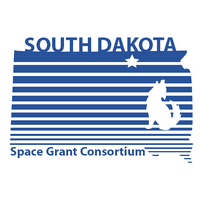South Dakota Space Grant Consortium
Fellowship Program

Fellowships/Scholarship Annual Performance Objective: Statewide competition offered at all 10 higher education affiliates including three Tribal Colleges; emphasis on internships with NASA, aerospace industry, SURF, and EROS. [At least 55 awards ($1-12K); all awardees enter longitudinal tracking system; at least 15% minority, 40% female, five NASA/aerospace industry interns, and five EROS interns]
A total of $166,086 was made available for NIFS student funding in FY18. The budgeted $166,086 exceeded the minimum required amount of $142,500 by $23,586. Similarly to FY2017 OEPM and APD reporting last year, there will likely be a difference in the reporting year between FY18 OEPM and APD reports. This FY18 OEPM report from SDSGC complies with NASAs new OEPM reporting period of includes Fall 2017 plus Spring and Summer 2018. That period includes the following two fellowship periods: 1) SDSGCs second FY2017 fellowship announcement that provided a second-round of FY17 funding (for a total of $52,000 and 33 individual awards), and 2) the single announcement for FY2018 funding (for a total of $139,100 and 44 individual awards). Awards provided under both of these fellowship announcements are reported here for a total of $191,100 and 77 individual awards. Space Grant NIFS awards are provided in three stipend categories: 1) Internships, 2) Research Fellowships, and 3) Educational Scholarships. Research stipend awardees are expected to produce a publication or poster and Internship awardees are expected to produce a final report on their internship project.
193 applications were received from students at 9 of the Consortiums universities in competition for the second round of FY17 NIFS and single round of FY18 NIFS reported here in FY18 OEPM. The Consortiums 10-member Management Team reviewed the applications and made selections. Awards were provided to 77 students from nine (9) universities, including affiliate Tribal Colleges Oglala Lakota College and Sinte Gleska University and Community College/Technical School Lake Area Technical Institute (LATI), for a total of $191,100. Nine of the 76 awardees were graduate level (12%); 68 undergraduate (88%). The Consortium significantly exceeded its goal of 15% of awards to minority students: 17 of the 77 awards (22%) went to minority students. Thirty-three (33) of the 76 awards (43%) were provided to female students, exceeding the targeted goal of 40% of awards to females. Seven (7) NASA internships were funded by Space Grant during the FY18 OEPM reporting period at the following four NASA Centers: Armstrong Flight Research Center (Daniel Simmons, Trevor Parmely, and Mark Matlack of LATI for $7,500 each), Langley Research Center (Karen Moore for $2,000 and Andrew Puetz for $5,500), Kennedy Space Center (Arjun Ayyangar for $7,500), and Marshall Space Flight Center (William Carpenter was accepted into the NASA Pathways Internship program at MSFC for the entire year and was paid directly by NASA, but was also provided a $2,500 educational stipend from Space Grant during FY18).
IMPORTANT NOTE: The 77 awards issued during the new 2018 OEPM reporting period (which were funded with a combination of FY17 and FY18 funds) represent 77 awards distributed to only 64 individual students. 13 student awards had to be entered into the 2018 OEPM system twice, to show that those 13 students received two awards (each for a different time period) during the new OEPM reporting period. Thus, in the tables below, 13 of the 77 students shown are listed twice. It is the only way OEPM would accept both Awards. Because the 77 awards represent only 64 students, to avoid duplication in demographics, only the 64 are reported in the 2018 Student Data Tables in the Excel spreadsheet submitted separately to NASA as part of this OEPM report. The demographic statistics stated in the above paragraph represent the 77 individual awards. That is an important distinction to make between the two tables.

